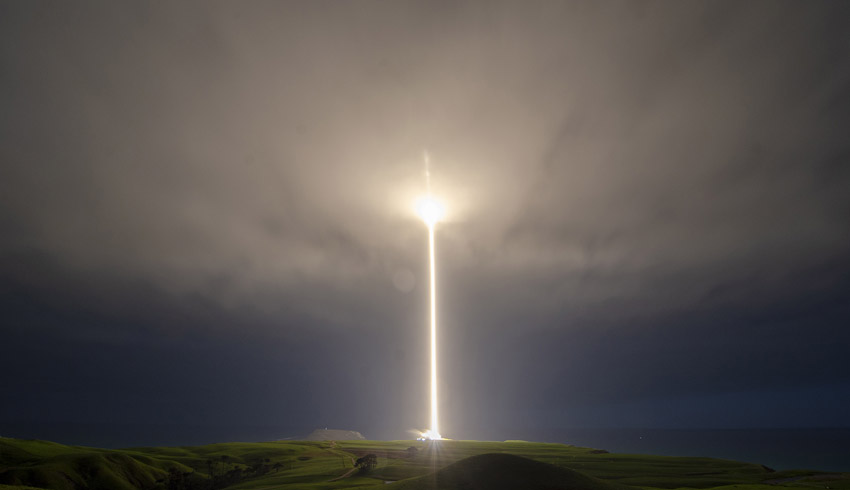Video on Chinese social media shows the building in flames with scattered pieces of what appear to be rocket booster debris.
Rising from the wreckage are fumes from residual rocket fuel, which in the case of the Long March 3B are a toxic combination of hydrazine and nitrogen tetroxide.
SpaceNews said there had so far been no state media reports of the incident, which occurred soon after the launch on Friday.
Video and social media comments suggested the owners returned to their battered home following the standard evacuation conducted ahead of launches.
The post attracted a large number of comments with many expressing concern for local residents. There was discussion as to why such events occur, along with speculation of possible compensation.
In the launch, the Long March 3B lifted off from the Xichang Satellite Launch Centre, successfully placing two BeiDou satellites into medium-Earth orbit. BeiDou is China’s satellite navigation system.
This mission was China’s 28th orbital attempt for 2019.
The country has long appreciated it has a problem with where space debris may end up. Three of China’s four national launch sites date from the Cold War when strategic considerations led them to be established far inland.
But now there are more rockets and more people, with spent rocket components falling near downrange towns and villages, sometimes damaging property.
In February 1996, a Long March rocket carrying the US Intelsat 708 communications satellite veered off course immediately after launch and obliterated a nearby village. The official death toll was six. Unofficial estimates put the toll in the hundreds.
China is looking at re-using key rocket sections, which would minimise risk to those on the ground.
In the meantime, it’s seeking to minimise the risk to people downrange by evacuating those in the calculated drop zones.
SpaceNews said it had seen notices issuing evacuation orders and closing air space ahead of launches. Residents were also advised against harmful chemicals in wreckage.
Another Long March 3B launch is expected in the next month to launch two more BeiDou satellites.

